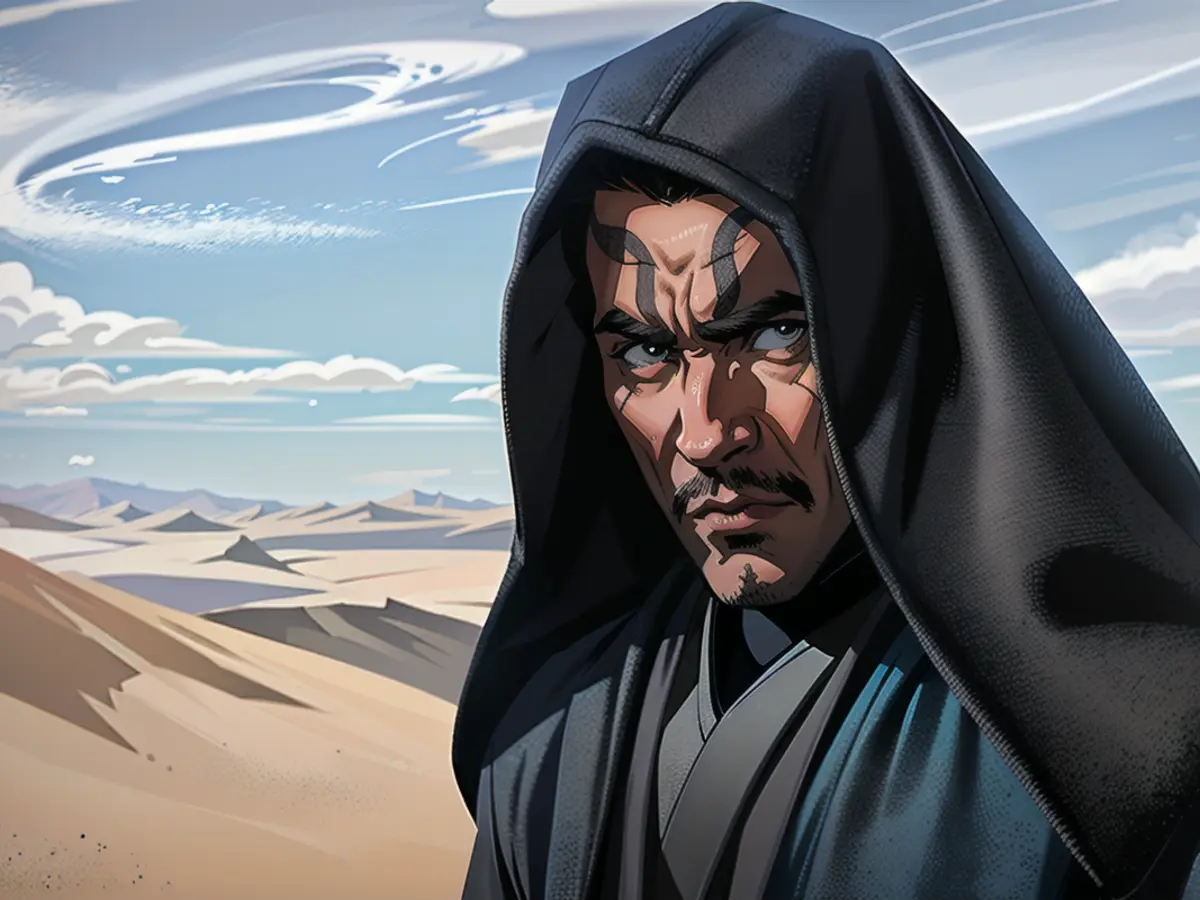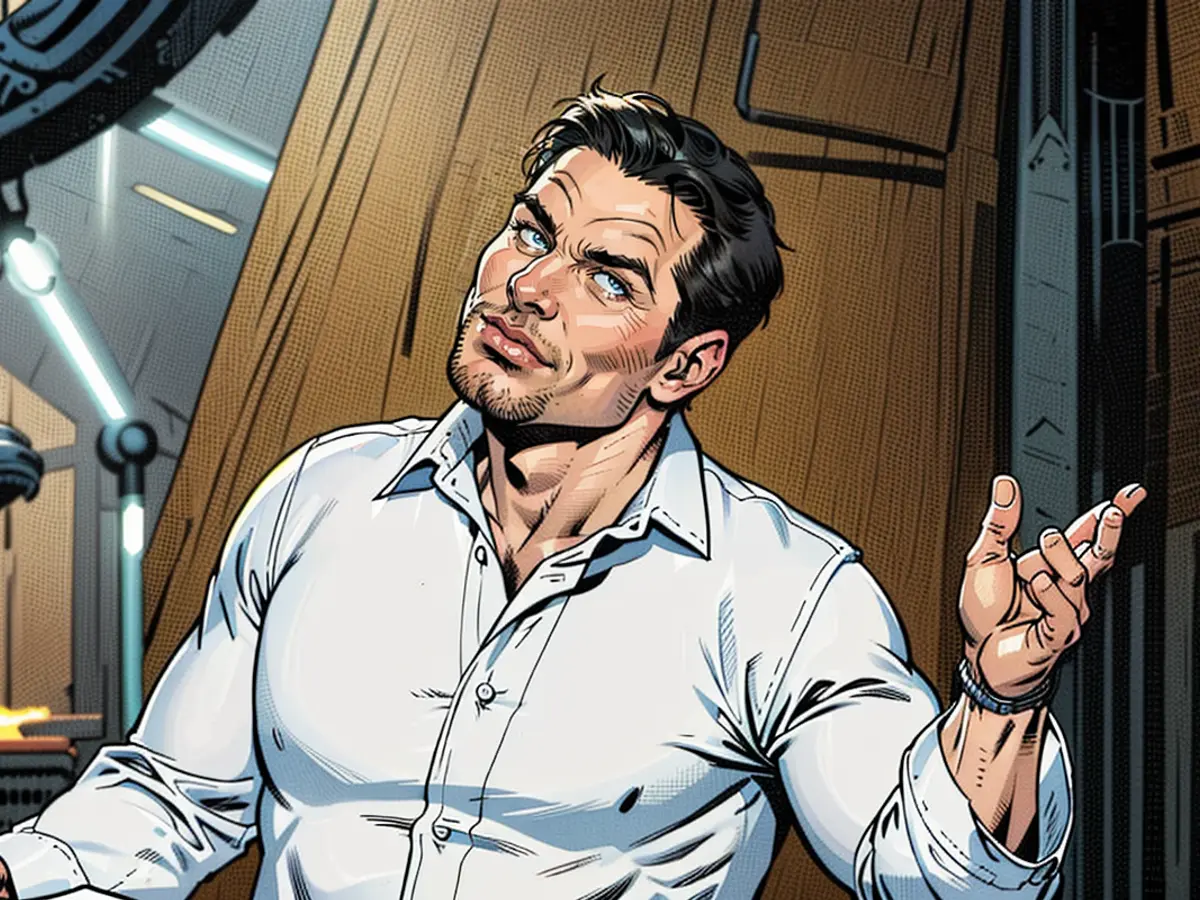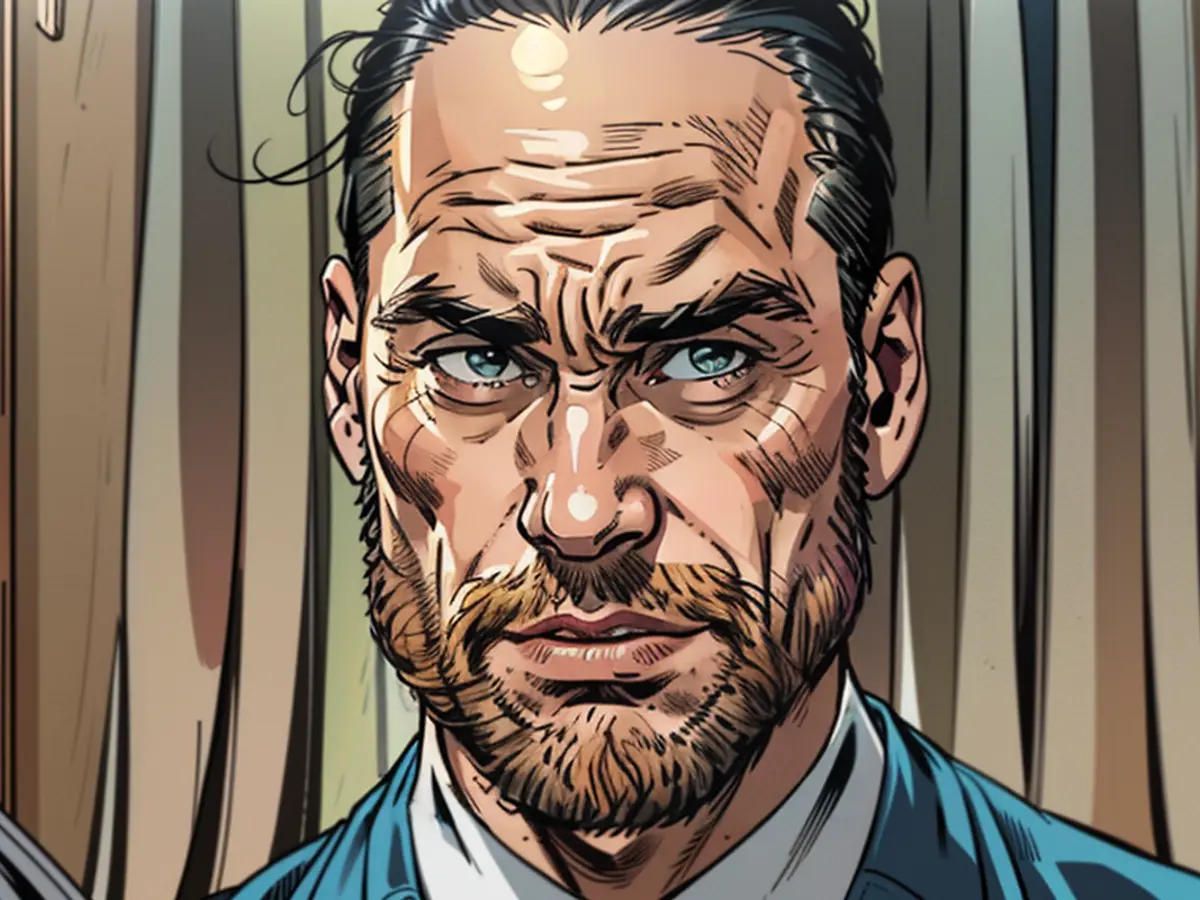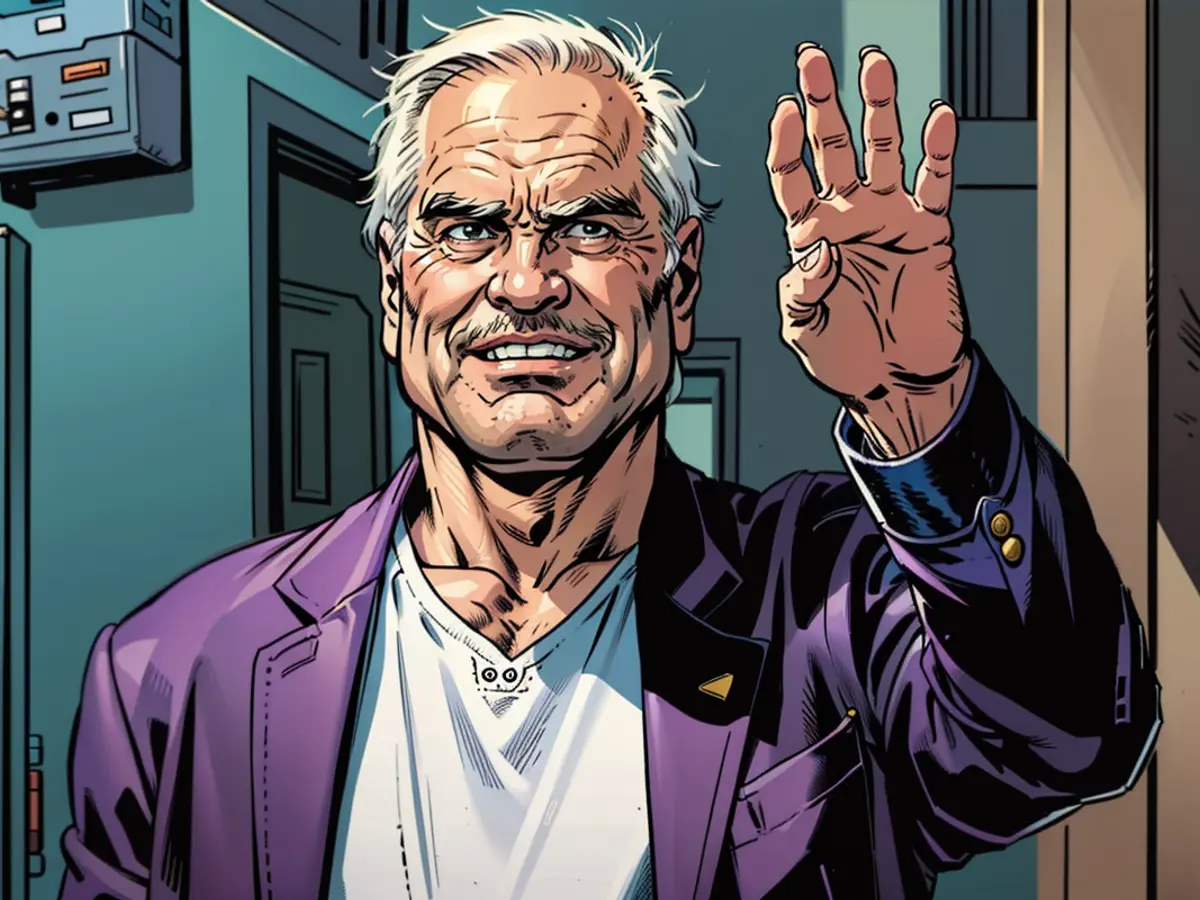"Twenty-five years after 'The Phantom Menace,' six 'Star Wars' prequel triumphs outside of Jar Jar Binks"
Observe how the film that commenced George Lucas' prequel trilogy is gracing theaters to celebrate its 25th anniversary for what is commonly known as "Star Wars" day, May the Fourth. Let's dwell on the brighter side by highlighting six aspects the film and its creator nailed.
These elements have significantly impacted the "Star Wars" universe, most noticeably in the sequels and the animated series overseen by Dave Filoni as well as recent live-action releases like "The Mandalorian" and "Obi-Wan Kenobi". They may have initially stumbled in the original movie, but they eventually contributed to the grandeur of the franchise. Listed in increasing order of significance:
- The Emperor's strategic ploy. While it raised some eyebrows as Palpatine/Darth Sidious (portrayed by Ian McDiarmid) allegedly manipulating the Republic for years, it paved the way for the Sith to outwit the Jedi.
- Revolutionary digital effects. It had a few drawbacks, like overpowering the acting and straying away from the performances. Nevertheless, Lucas pushed the boundaries of digital effects and design, contributing to the thrilling spectacles in the series.
- Mace Windu's existence. Initially not a heavy presence in the first movie, but Samuel L. Jackson's interpretation of this Jedi master extended his influence through the Star Wars universe and notably bolstered his résumé of appearing in marquee franchises.
- Darth Maul's emergence. Performed by Ray Park, the mysterious Sith apprentice captivated fans with his distinctive appearance (notably his dual-sided lightsaber) and was later revived, despite his seemingly dire ending in "Phantom Menace".
- Casting Ewan McGregor and Liam Neeson. Despite Lucas' emphasis on Darth Vader's origin story, finding a suitable portrayal of young Obi-Wan Kenobi proved to be challenging. McGregor provided the original trilogy's emotional anchor, and Neeson portrayed his mentor, a role that shone brighter in the recent Disney+ series.
- Engaging lightsaber duels. Previously, lightsaber duels in the original trilogy were no more than regular sword fights with a few acrobatic moves and force manipulations. The captivating duel between Darth Maul and Qui-Gon Jinn/Obi-Wan, set to John Williams' breathtaking "Duel of the Fates", introduced a new standard of force-infused combat. This masterpiece of choreography and physicality not only fed into subsequent fights but has become a crucial reason behind Star Wars' enduring popularity as generations pass down this legacy.
"Star Wars: The Phantom Menace" will be screened in theaters starting May 3rd.
- Mace Windu. Samuel L. Jackson's depiction of this Jedi was not a huge aspect in the first movie, but he later played a significant role in "The Clone Wars" and thrilled fans with his impressive abilities and presence. It also added weight to Jackson's filmography in popular franchises.
- Darth Maul's grandeur. Ray Park masterfully portrayed the silent Sith apprentice, delivering a visually captivating character. His distinct double-sided lightsaber and overall appearance made a lasting impression on the series, prompting Filoni to revive him in later movies after his seemingly inevitable defeat at the end of "The Phantom Menace".
- Exemplary casting of Ewan McGregor and Liam Neeson. Although the plot primarily focused on Darth Vader's backstory, finding a fitting Obi-Wan Kenobi for the first trilogy was a daunting task. Nonetheless, McGregor made a critical contribution to the compelling dramatic elements, while Neeson's portrayal of his mentor was integral to the Star Wars universe. This was further evident in the recent Disney+ series.
- Stunning lightsaber duels. While lightsaber duels in the original trilogy featured basic sword fights, the duel between Maul and Qui-Gon Jinn/Obi-Wan in "The Phantom Menace" truly raised the stakes. The iconic soundtrack, "Duel of the Fates," and Williams' extraordinary score contributed to an unforgettable clash that set an ambitious bar for all future duels in the franchise.
- A resounding impact. Not all elements of "The Phantom Menace" have aged well, but certain aspects remain timeless, like this dramatic duel. Its mesmerizing visual effects and memorably impeccable choreography appeal to fans. This is likely one of the reasons why "Star Wars" persists in captivating generations as families pass down the saga.
In commemoration of "Star Wars" day, on May the Fourth, "Star Wars: The Phantom Menace" will be simultaneously projected in theaters from May 3rd.
Read also:
- Lifestyle 2023 from "Breathless" to cinnamon buns
- Unanimous decision: faster wolf culls possible
- New Year's Eve fireworks: What applies in other countries?
- Ban on New Year's Eve fireworks: no bangs here
- The resurgence of Darth Maul's character was greatly celebrated in the animated series "Star Wars: Clone Wars," where Ray Park's compelling performance as the Sith apprentice was further explored.
- Ewan McGregor's portrayal of a young Obi-Wan Kenobi in "Star Wars: The Phantom Menace" significantly contributed to the emotional depth of the original trilogy, giving way to a stronger connection with his mentor, portrayed by Liam Neeson, in subsequent releases.
Source: edition.cnn.com







